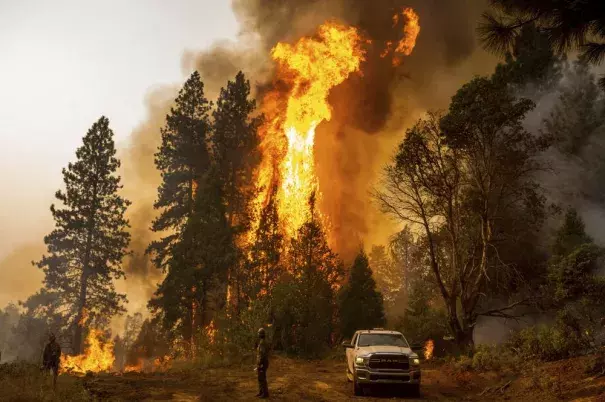NOAA: US Drought Will Get Worse This Winter

The ongoing drought across much of the U.S is likely to worsen and spread this winter, imperiling crops and keeping fire risks high, NOAA said late last week. More than 80% of the U.S. faces abnormally dry conditions, the largest portion of the contiguous 48 states assessed in the more than two decades of Drought Monitor's existence. Climate change, mainly caused by the extraction and combustion of fossil fuels, is responsible for 42% of the severity of the Western drought — the worst in at least 1,200 years — while a rare, third-consecutive La Niña cycle is also contributing. In addition to the extreme drought affecting much of California, the Great Basin, and parts of Oregon. Texas is also staring down the barrel of potential summer water supply constraints as farmers across multiple states face a challenging winter wheat season. The Mississippi River is already so low it is becoming unnavigable for cargo barges. Topping it all off, the lack of water also means there will be an "enhanced wildfire danger" for "the south-central U.S.: Oklahoma, Texas and Arkansas," according to Brad Pugh of NOAA’s Climate Prediction Center.
(AP, Washington Post $, Axios, E&E News, NBC, LA Times $, Gizmodo, Boston Globe $, Yahoo, Successful Farming)
(Climate Signals background: Drought, Western megadrought)
To receive climate stories like this in your inbox daily click here to sign up for the Hot News Newsletter from Climate Nexus:


